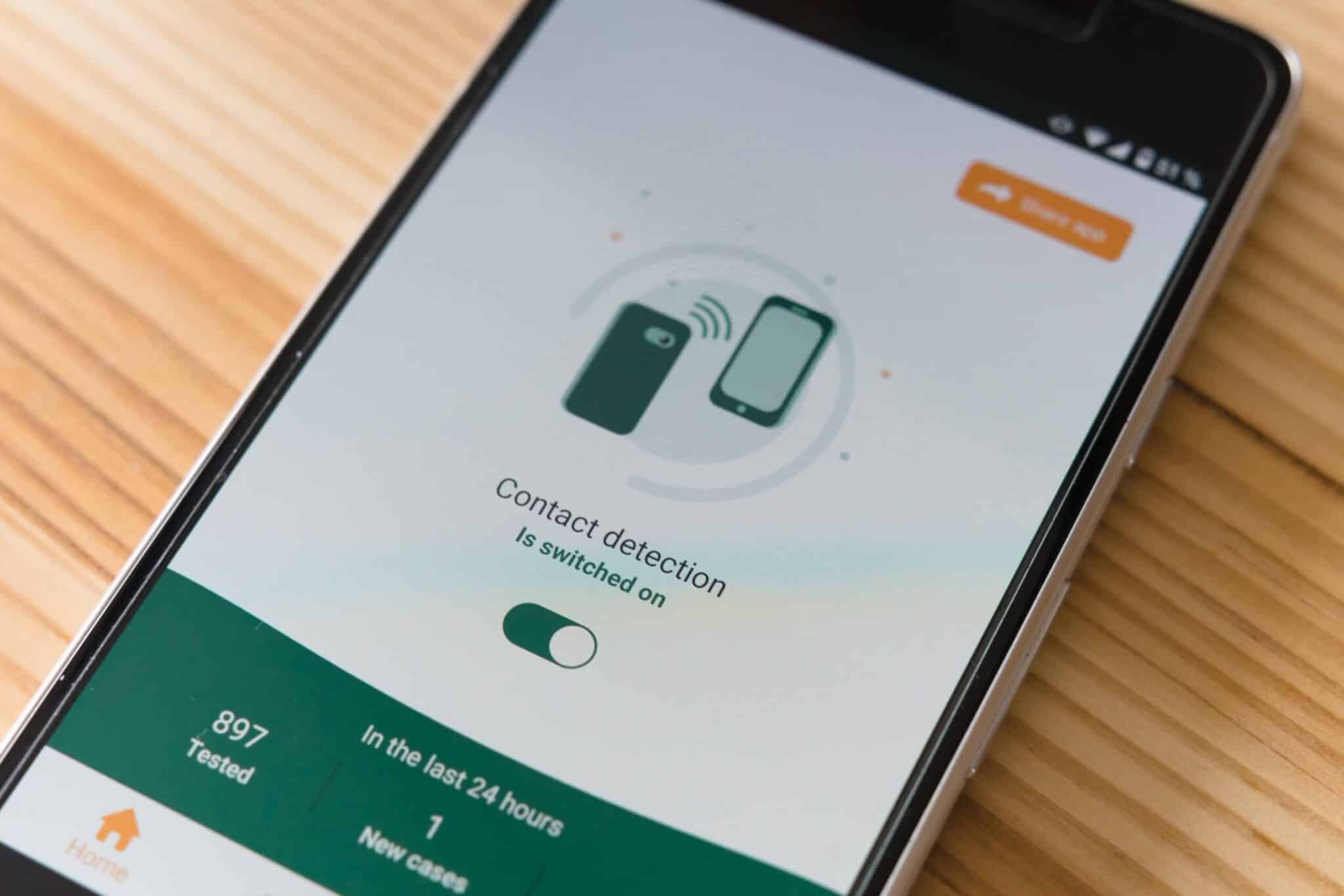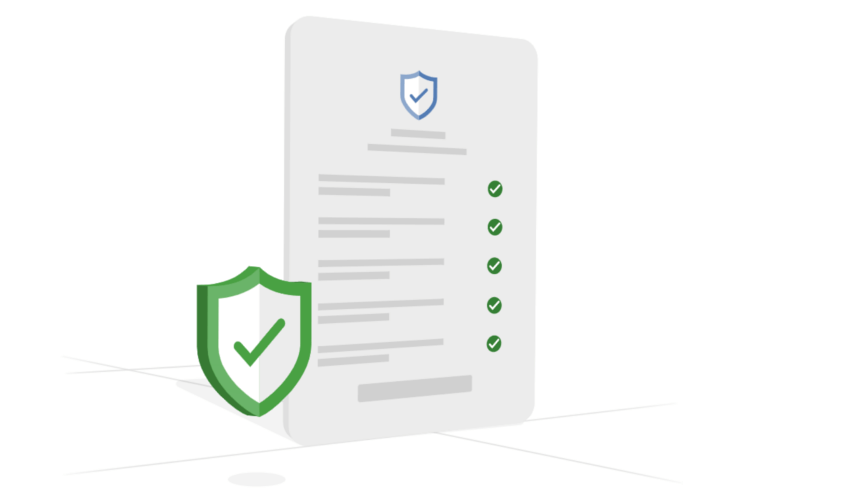COVID-19: Health screening questions to maintain a healthy office
By Nick Mason• 5 mins read•January 6, 2021

The health and wellbeing of your employees should be your top priority when planning your return to work.
Although a study from Gallup found that 55% of workers aren’t concerned with exposure to COVID-19 at work, their safety should take the highest precedence. Facilities teams can create elaborate and detailed plans for a seamless office transition, but it’s all for nothing if the coronavirus enters the building anyway.
An essential part of the solution? COVID-19 screening questions.
In this article, we share the importance of health screenings as well as how your team can best roll them out in your office transition plan and beyond.
How can employee health screenings keep the office safe for all?
The best way to prevent the coronavirus from spreading in your office is to make sure it never enters your office to begin with. Due to the nature of the virus, it can be impossible to identify if someone is carrying the virus without showing symptoms.
How can facility managers combat this problem?
Employee health screenings are an excellent way to gauge employee health without putting others at risk. Health screenings are distributed digitally via online form or questionnaire or completed upon arrival at the office before an employee enters the building.
A few of the significant benefits of health screenings include:
- Identify employees who may be sick or who are at risk
- Determine potential locations of contamination
- Prevent addition spread by requiring employees who failed their health screening to work from home or take sick leave
The format of a comprehensive health screening may vary depending on your company’s preference. But for the most part, health screenings are a series of questions and tests to determine an employee’s health and mitigate possible transmission of the virus.
Additional components of a COVID-19 health screening may include:
- Mandatory temperature checks: This is a great way to instantly identify if someone may be at risk of carrying the virus. With one of the primary symptoms of COVID-19 being a fever or chills, ensuring no one with a temperature over 98.6°F (37°C) enters the building is crucial.
- Swab testing: Swab tests are a leading method of testing for COVID-19 and confirm if the virus is in the body. However, it makes the most sense financially to use swab testing on employees who exhibit symptoms or believe they may have been exposed. It’s smart to have these tests on hand for employees who show symptoms, but you likely won’t need to test asymptomatic employees.
- Hand sanitizer: One of the best and easiest ways to prevent the spread of COVID-19 is hand sanitizer. Keeping bottles of hand sanitizer around your office and at all entryways can help stop the virus from making its way onto surfaces like doorknobs, desks, etc. Just make sure you use a hand sanitizer with 60% or higher ethanol or 70% or greater isopropanol.
- Health questionnaire or checklist: A short yet comprehensive health questionnaire or checklist can help you determine instantly if an employee is a risk. We’ll dive into more detail about what kinds of questions should be included later in this post.
- COVID-19 health apps: There are several COVID-19 tracking apps, like HealthChampion, that can help mitigate the spread of the virus in your office. These apps make symptom tracking, contact tracing, and notifying essential agencies or government bodies easy. HealthChampion, in particular, is HIPAA-compliant, so you never have to worry about how your or your employees’ health information is handled.

The intersection of health and technology
As a facility manager, you’re overseeing several components at once. From figuring out your office’s return policy and occupancy to making sure your building is safe for employees to work in, you have a lot on your plate.
Technology is a major player in driving a successful return-to-work plan. Facility management software can take the guesswork out of various planning components—like employee desk arrangements and occupational logistics.
At OfficeSpace, we wanted to create a better way for facility managers to streamline their COVID-19 monitoring and building safety plans with office planning technology. We’re thrilled to introduce you to Safeguard—a new feature within all regular OfficeSpace subscriptions that help you screen for the virus and foster a safe work environment.
Safeguard allows managers to create fully customizable forms for health screenings so you can stay compliant no matter where you’re operating. Because Safeguard is part of the OfficeSpace suite of tools, you can be certain that your occupational data, building information, and other spatial data is integrated as well. That way, you can make the best decisions for your employees and the company as a whole.
Let’s dive into the features of Safeguard:
- Customizable forms: Create forms and confirmation messages for various office locations to adhere to local regulations and standards.
- Automated reminders: Confirm that employees have completed their Safeguard form with reminders through email and Slack.
- Verify Check-In: Prevent employees from checking into their desk bookings until they pass their Safeguard check.
- Privacy protection: Safeguard protects employee privacy by only storing the necessary information that select administrators can access.

Questions to ask on health screenings
When thinking about what to include in your COVID-19 screening questions, the goal is to keep things clear and straightforward. Confusing questions could potentially put employees at risk if answered incorrectly.
According to the Centers for Disease Control and Prevention (CDC), below are some questions to include on your form:
The following are Yes/No questions.
- Have you experienced any of the following symptoms in the past 48 hours?
- Fever or chills
- Cough
- Shortness of breath or difficulty breathing
- Fatigue
- Muscle or body aches
- Headache
- New loss of taste or smell
- sore throat
- congestion or runny nose
- nausea or vomiting
- diarrhea
- Within the past 14 days, have you been in close physical contact (6 feet or closer for a cumulative total of 15 minutes) with:
- Anyone who is known to have laboratory-confirmed COVID-19?
OR
-
- Anyone who has any symptoms consistent with COVID-19?
- Are you isolating or quarantining because you may have been exposed to a person with COVID-19, or are you worried that you may be sick with COVID019?
- Are you currently waiting on the results of a COVID-19 test?
These questions are direct and easy to understand. Plus, they help managers quickly determine who is approved to come into work and who should stay home. The Yes/No format also makes answering and scoring these questions easy and quick.
Employee health screenings are a critical part of any return-to-work strategy
If COVID-19 has taught us anything, it’s that things can change from moment to moment. Getting a pulse on your employees’ health will ensure your workplace is safe for all and not a massive risk factor.
COVID-19 health screenings are a great way to mitigate the spread of the virus. A tool like Safeguard not only makes it easy for facility managers to send out health screenings, but it’s easier for employees to complete and understand before they enter the office.
To learn more about Safeguard or to schedule a demo, contact our team.
Photos: Matthew Henry, Markus Winkler,




